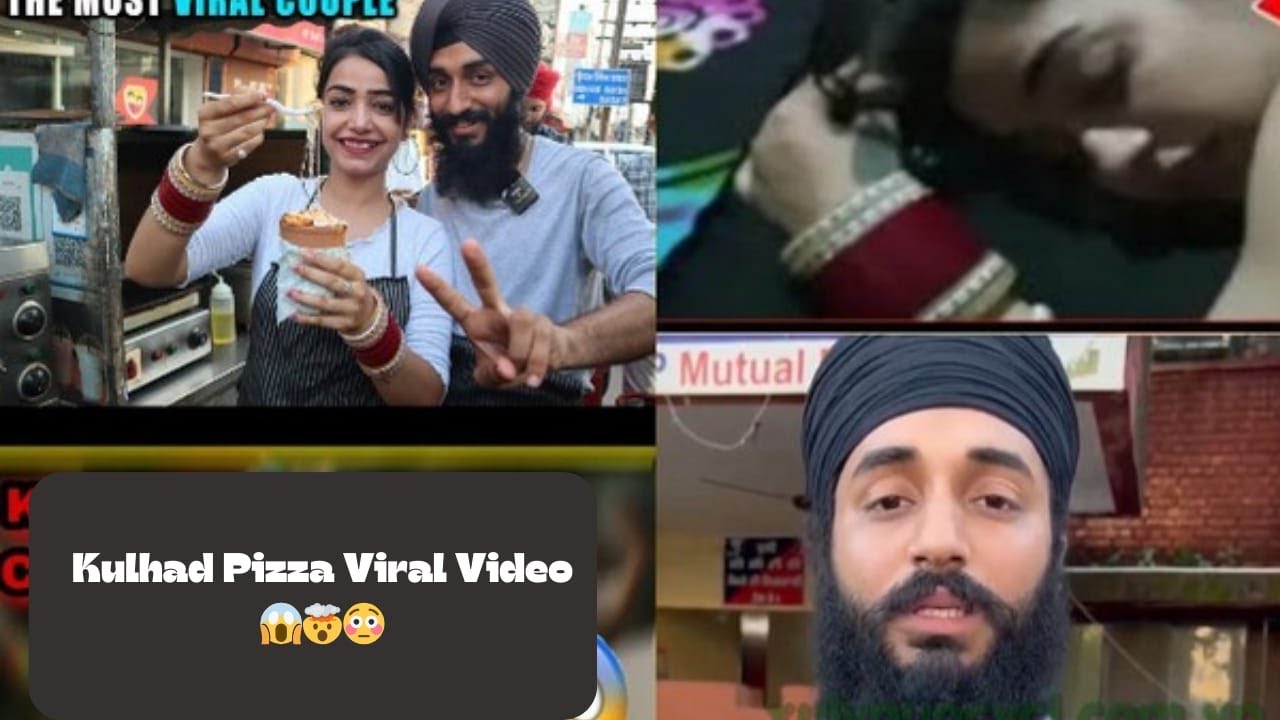Unpacking The Phenomenon: Why Viral Video MMS Dominates Digital Culture
In the ever-evolving landscape of digital media, few phenomena have captured the imagination and attention of global audiences quite like viral videos. The allure of a video that seemingly emerges from nowhere to captivate millions is undeniable. Whether it’s a dance challenge, a heartwarming moment, or a funny clip, the magic of virality lies in its ability to transcend boundaries, connect people, and spark conversations. At the heart of this phenomenon is the underappreciated role of Multimedia Messaging Service (MMS), a technology that continues to play a crucial role in spreading content far and wide. Let’s delve into why viral video MMS remains a dominant force in today’s digital age.
The impact of viral videos cannot be overstated. They have the power to transform ordinary individuals into overnight sensations, elevate small businesses to global recognition, and even ignite worldwide movements. Yet, the question remains: what makes certain videos go viral while others remain unnoticed? Is it sheer luck, or is there a method to the madness? In this exploration, we aim to uncover the science behind viral video MMS, its historical significance, and its enduring relevance in today’s interconnected world. For creators, marketers, and enthusiasts alike, understanding this phenomenon is not just an intellectual pursuit—it’s a strategic necessity.
| Category | Details |
|---|---|
| Personal Information | Not applicable to this topic |
| Profession | Viral video creators, digital marketers, social media influencers |
| Career Highlights | Creators who leverage viral video MMS often gain significant exposure, leading to lucrative sponsorships and partnerships. Some, like TikTok stars, have amassed millions of followers and become household names. |
| Related Industry Trends | Short-form content dominates platforms like TikTok and Instagram Reels, emphasizing authenticity, relatability, and interactivity. User-generated content continues to shape trends, with brands increasingly relying on influencers to create engaging campaigns. |
| For More Information | Statista - TikTok User Statistics |
Understanding the mechanics of viral video MMS begins with recognizing its origins. Before the internet became ubiquitous, word-of-mouth was the primary means of spreading ideas, stories, and content. A catchy slogan, a memorable jingle, or a scandalous tale could spread rapidly through communities, much like a wildfire. The advent of the internet revolutionized this process, enabling content to reach millions of people in mere seconds. Platforms such as YouTube, Facebook, and Twitter quickly emerged as the epicenters of viral sensations. MMS, however, offered a unique advantage—it allowed people to share multimedia content without requiring an internet connection, making it accessible even in regions where connectivity was limited.
Read also:Unveiling The Resilient Lives Of Art Schlichters Daughters A Testament To Triumph Over Adversity
A prime example of MMS-driven virality is the “Charlie Bit My Finger” video. Initially shared as a simple home recording via MMS, it eventually became one of YouTube’s most-viewed videos. This underscores the power of viral video MMS to amplify content beyond its original audience. In today’s hyper-connected world, where attention spans are shorter than ever, the ability to reach a broad audience quickly and efficiently remains a key differentiator for creators and brands alike.
While the allure of viral content is undeniable, its success is not purely coincidental. Certain elements consistently appear in videos that achieve widespread popularity. Emotion plays a central role; content that evokes laughter, surprise, or even anger tends to resonate more deeply with viewers. Relevance is another critical factor—videos that align with current trends or cultural moments often perform better. For instance, the latest dance challenge or meme can capture the zeitgeist of a particular moment, ensuring its rapid dissemination. Additionally, quality matters. While some viral videos may feature rudimentary production values, most successful ones prioritize clear audio and visuals. Authenticity, too, plays a pivotal role. Genuine reactions or heartfelt stories often strike a chord with audiences, fostering emotional connections that encourage sharing.
From a psychological perspective, the motivations behind sharing content are multifaceted. Research indicates that people share videos for various reasons, including strengthening social bonds, affirming personal identity, and seeking recognition. Sharing viral content can create a sense of belonging, allowing individuals to feel part of a larger community. It also serves as a reflection of personal values and beliefs, enabling users to curate their digital personas. In essence, the act of sharing content is as much about self-expression as it is about the content itself.
Technically speaking, MMS operates by enabling users to send multimedia content over cellular networks. Unlike SMS, which is limited to text, MMS supports videos, images, and audio files. When a user receives an MMS, they can either download the content or view it directly on their device, simplifying the sharing process. Moreover, MMS is often included in mobile plans, making it a cost-effective method for disseminating content. This accessibility has contributed significantly to its role in the viral phenomenon, particularly in areas where internet access is limited or unreliable.
While MMS remains a powerful tool, it is not the sole platform driving virality. Social media platforms like TikTok, Instagram, and Twitter have transformed the way content is consumed and shared. TikTok, in particular, has redefined the standards for viral videos, with its algorithm designed to promote trending content. Users on TikTok are notorious for initiating challenges and trends that spread rapidly across the globe. Meanwhile, platforms like YouTube and Facebook continue to dominate the viral video landscape, each offering unique features that enhance content distribution and engagement.
In 2023, short-form content reigns supreme, with TikTok and Instagram Reels setting the benchmark for what audiences expect from viral videos. Other notable trends include the increasing reliance on user-generated content by brands, a preference for authenticity over polish, and the growing popularity of interactive content such as polls and challenges. Staying attuned to these trends is essential for creators and marketers aiming to produce content that resonates with their target audience.
Read also:Nichol Kessinger The Enigmatic Force Reshaping The Digital Landscape
Creating a viral video requires a blend of strategy, creativity, and understanding of audience preferences. Key tips include knowing your audience, keeping content concise, embracing authenticity, and encouraging sharing through clear calls to action. While going viral may seem like a stroke of luck, it is largely a product of thoughtful planning and execution. By identifying what makes content shareable, creators can increase their chances of achieving viral success.
Case studies of viral video MMS provide valuable insights into the phenomenon’s potential. The Harlem Shake, for instance, originated as a simple MMS video before evolving into a global trend, with countless participants creating their own versions. Similarly, the Ice Bucket Challenge demonstrated the power of viral content to drive meaningful change, raising millions for ALS research. These examples highlight the dual nature of viral video MMS—its capacity to entertain and its potential to inspire action.
As technology continues to advance, the future of viral content promises to be even more innovative. Augmented reality, virtual reality, and AI-generated content are among the trends poised to shape the next wave of virality. Despite these advancements, the essence of viral content will remain rooted in its ability to forge personal connections. Whether through humor, empathy, or inspiration, content that resonates on a human level will continue to captivate audiences and define cultural moments.
In conclusion, viral video MMS is more than just a fleeting trend; it is a powerful force shaping modern digital culture. By understanding its mechanics, creators and marketers can harness its potential to achieve widespread recognition and influence. In a world where attention is the ultimate currency, the ability to craft content that captivates and inspires remains the key to unlocking viral success.


